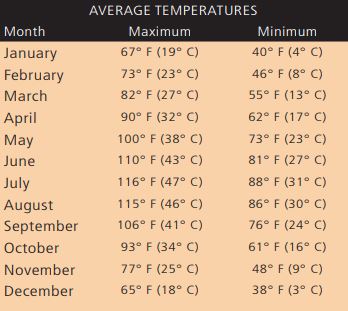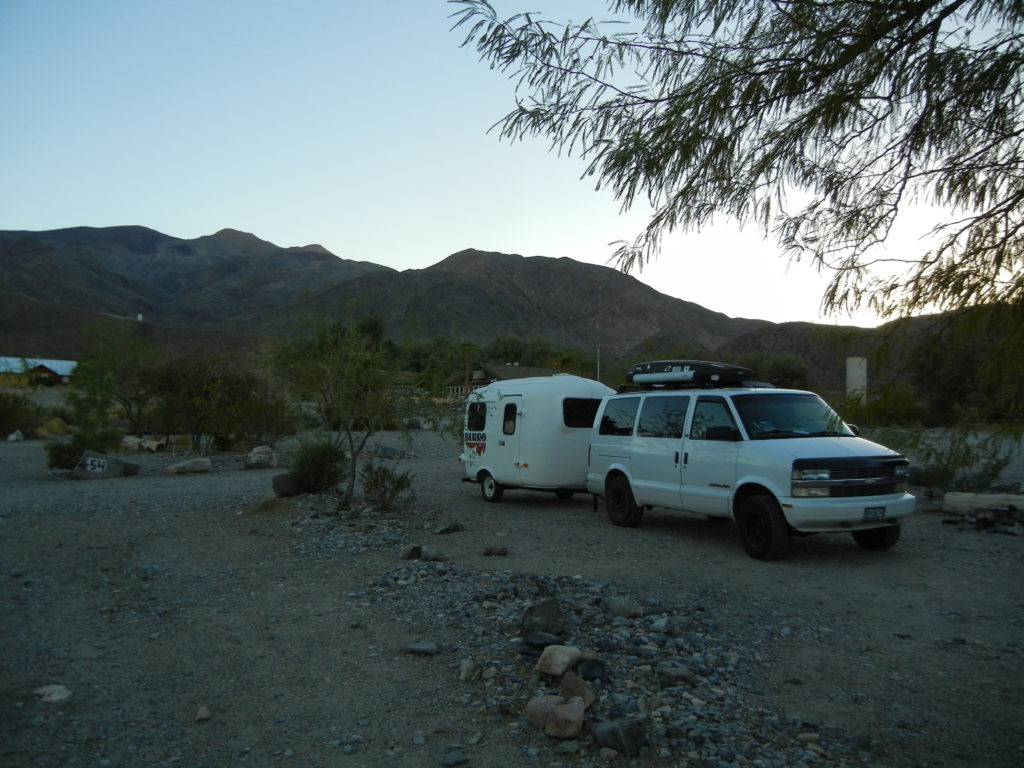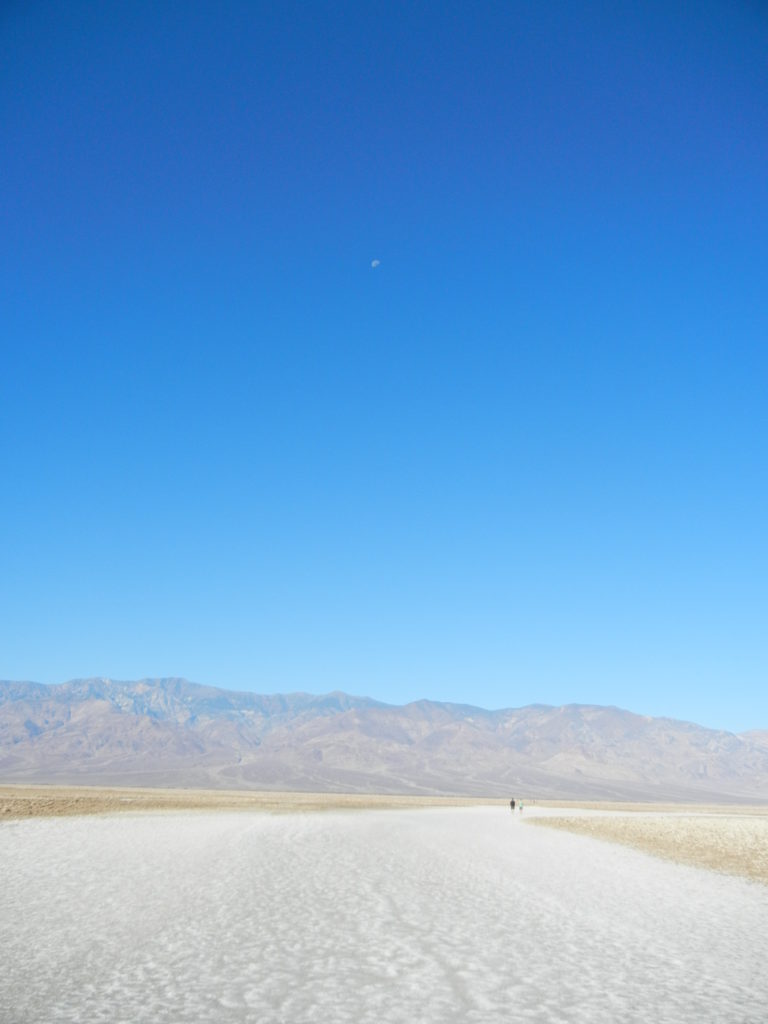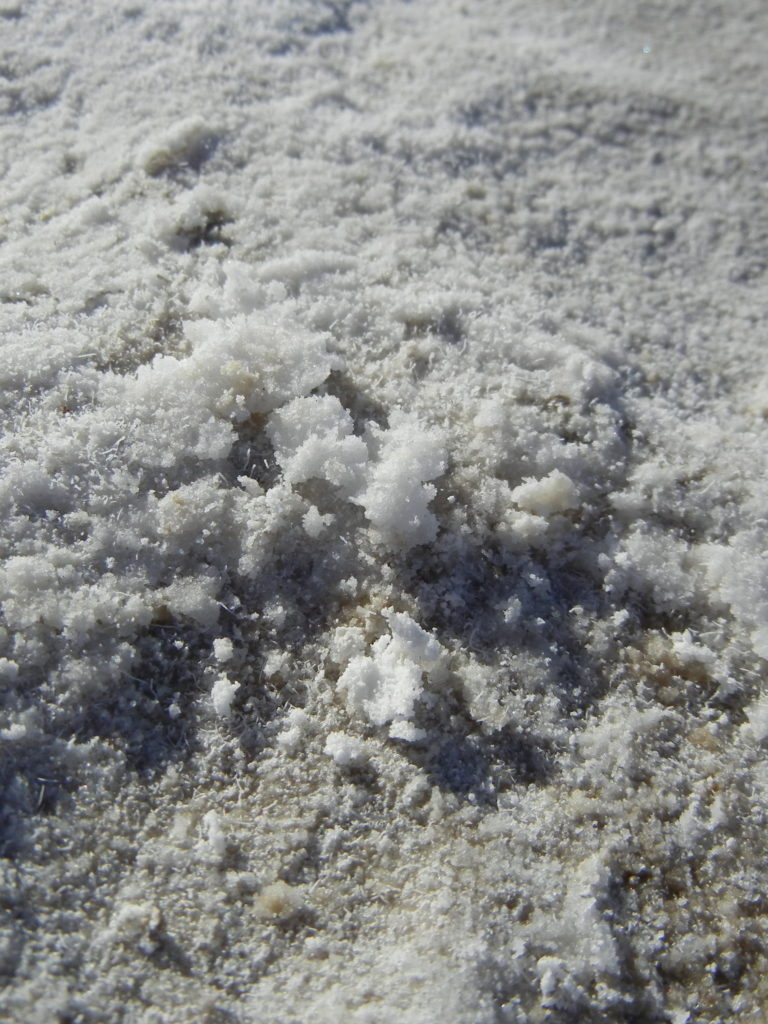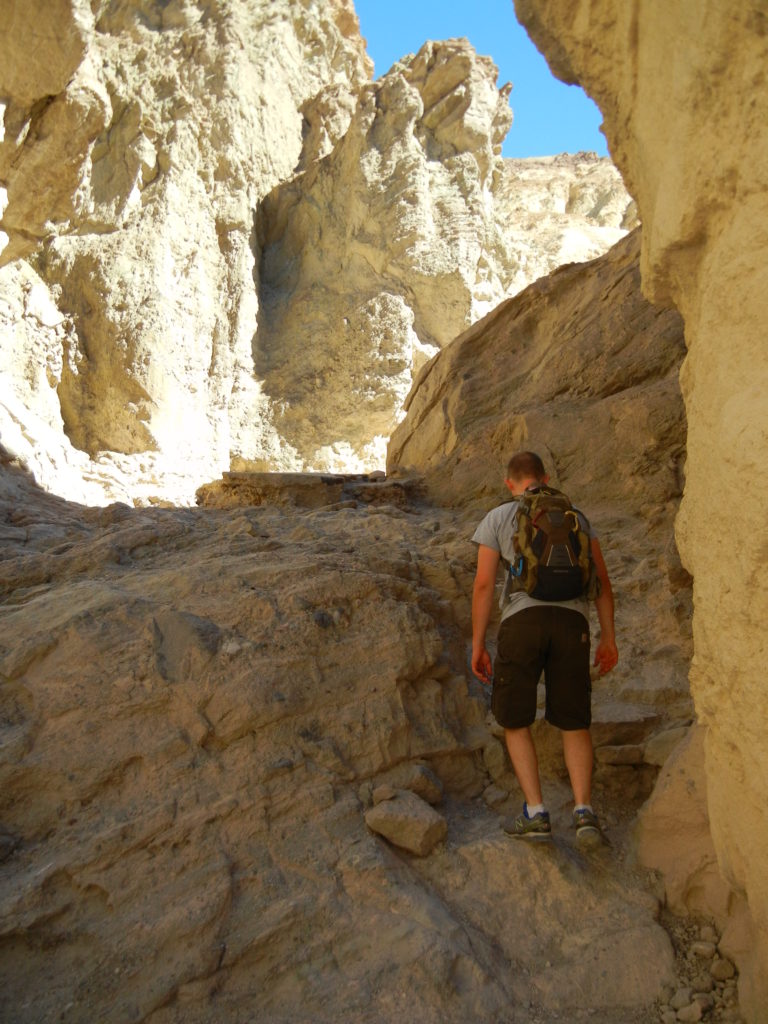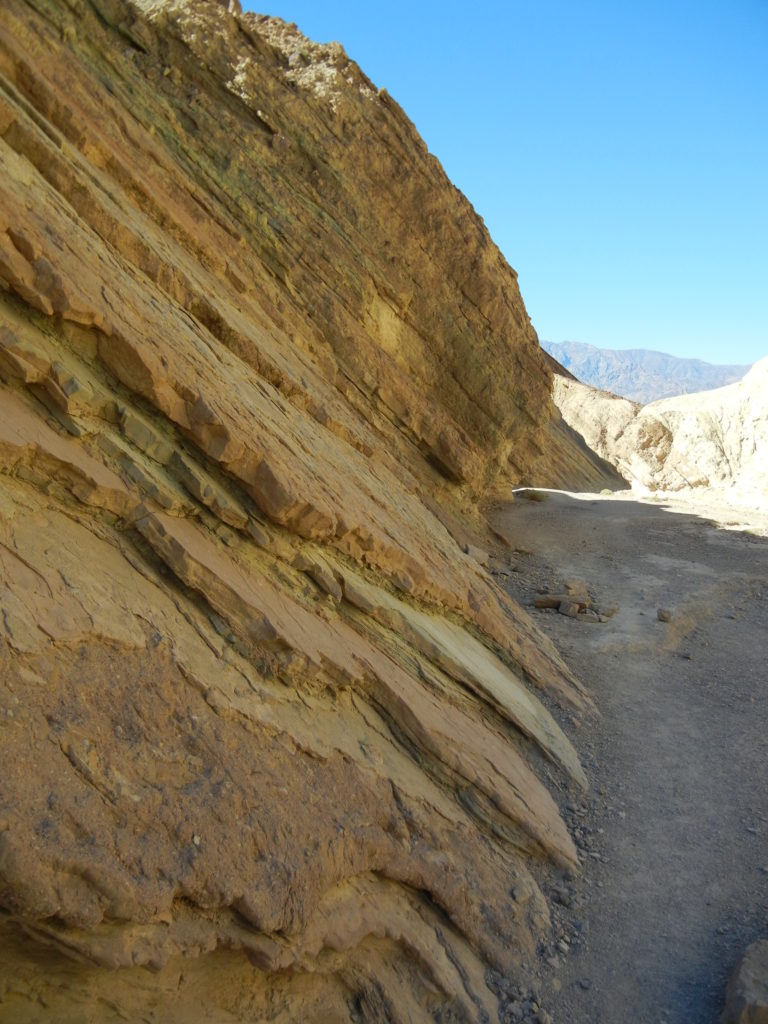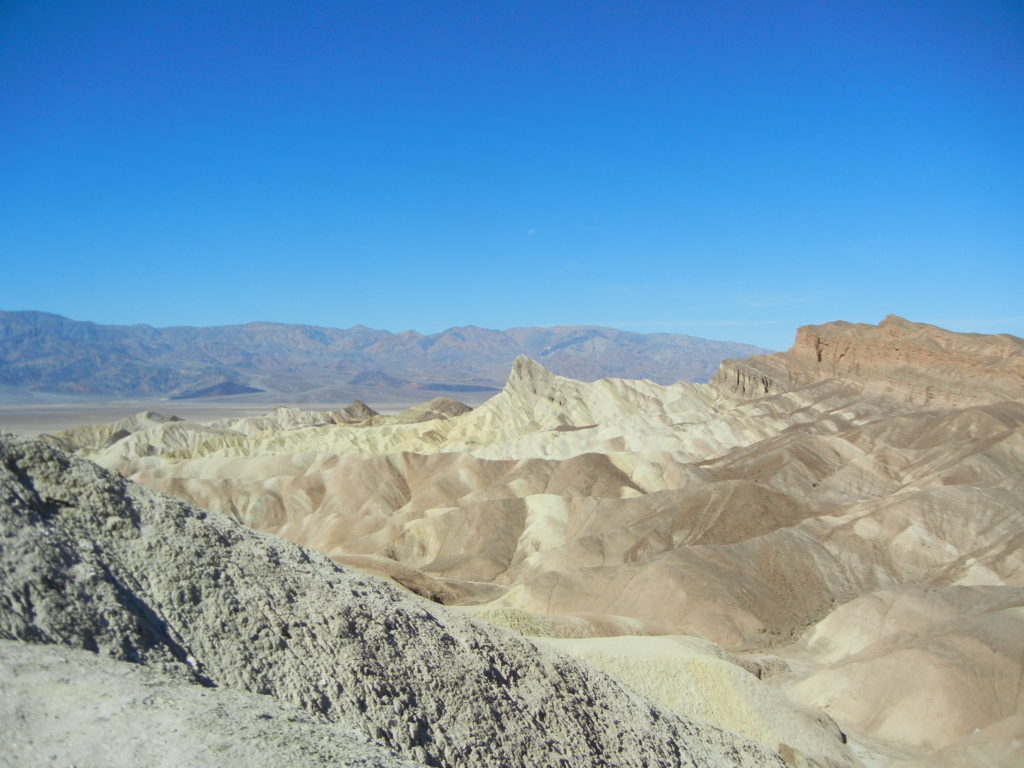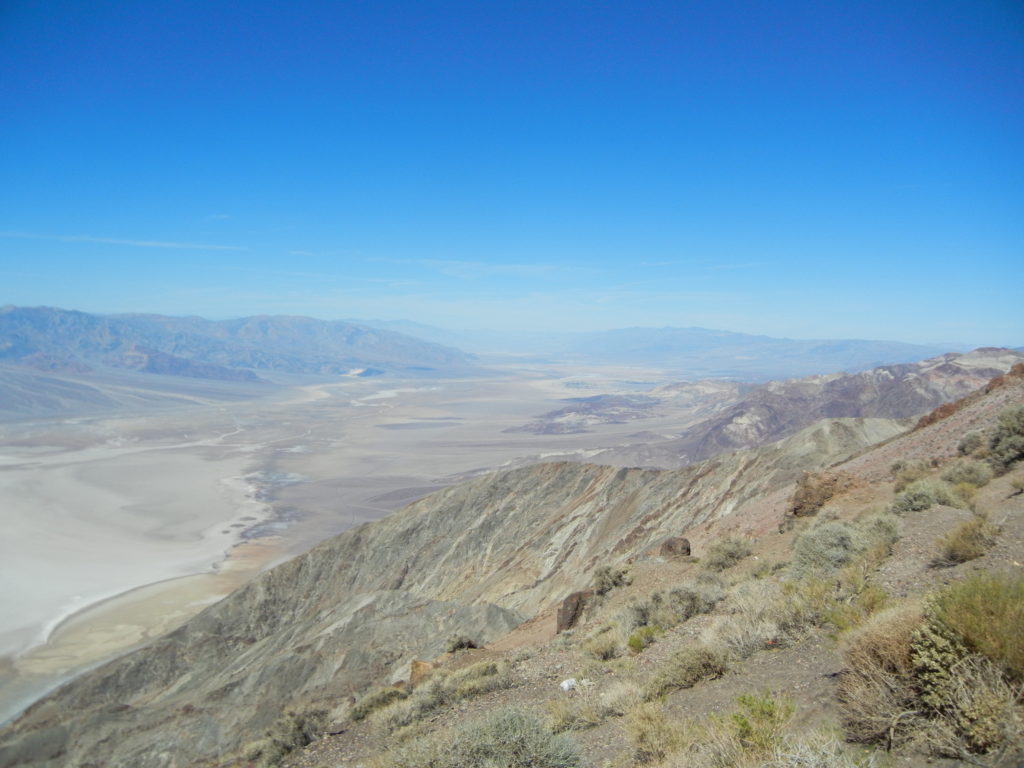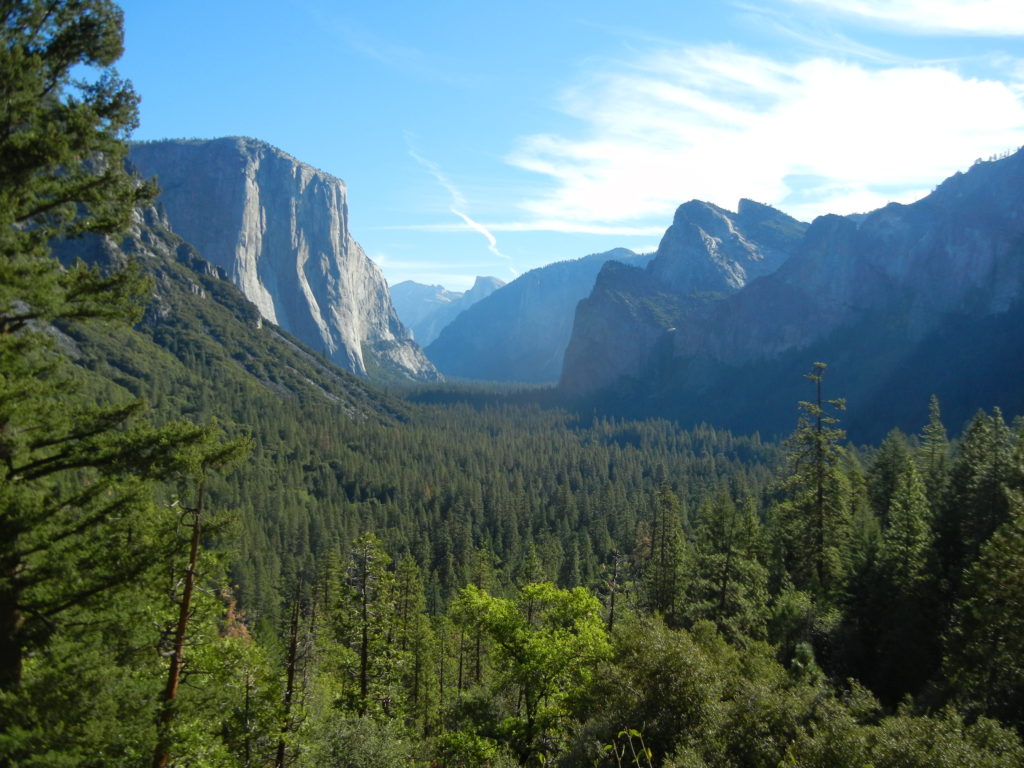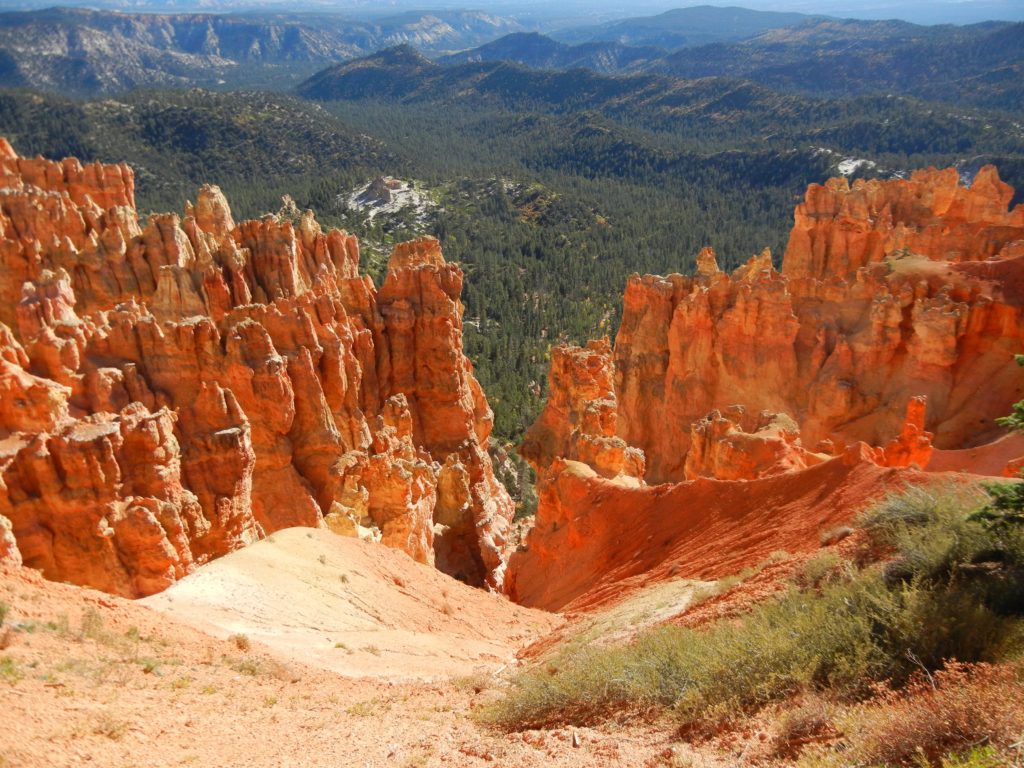Death Valley
NATIONAL PARK
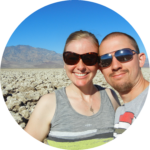
By DIENEKE
Death Valley National Park was the fourth stop on our One Way Road Trip. For many years, this would rank as my #1 favorite national park (and it still remains in the top 3). Because it was completely different then what I imagined! I expected hot, of course, and generally a barren landscape of sand and rock. But what ended up being our experience was extreme contrast, variety and color!
And that’s what Death Valley is all about: the extremes: the lowest point and hottest temperatures. But you will still find vistas and life! It’s a place that will make you feel like you’re on another planet and this transportation can give even your wildest imaginations a trip to remember.
This Park is one that requires some planning. While we were flying fairly spontaneously on this trip, we did not mess around before entering this Park. We made sure we were gassed up, did a check on tires & oil, and had plenty of water & food. While there are plenty of dangers in all Parks, the desert isn’t something we know very well, so we did our research and were prepared with the aforementioned items.
We arrived the evening before and set up camp in eclectic Panamint Springs Resort. I felt like we just hoped off of Route 66 into a ghost town. It was spectacular.
We woke very early to beat the heat and headed into the Park. We would only have 1 day here, so the Burro came in tow (and my favorite pictures of the Burro are in this park). Our first stop was Mesquite Flat Sand Dunes, which is how I had pictured Death Valley in my head; however, this proved to be an infintesimally small part of the Park. We also came across the first of many signs warning of the extreme heat.

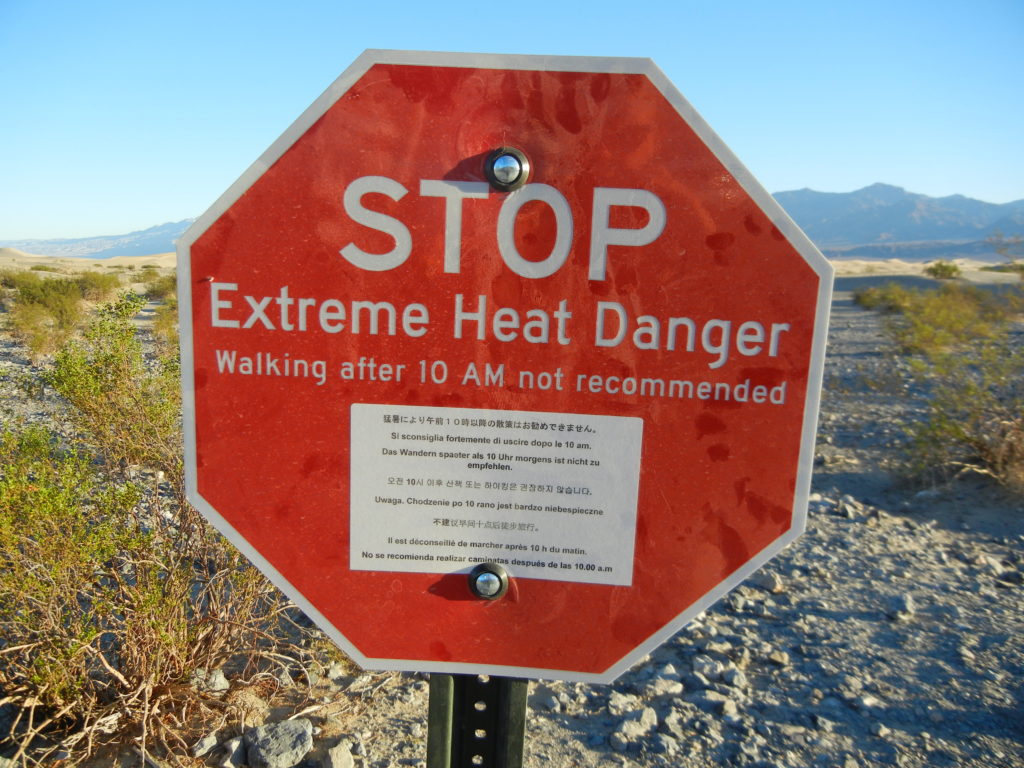
We only did one hike and that was intentional. As a native Michigander, I am definitively “heat-intolerant” and this was about as much as I could muster. We took the moderate 2.7 mile loop at Golden Canyon. We hiked through the colorful canyons carved through the golden badlands.
